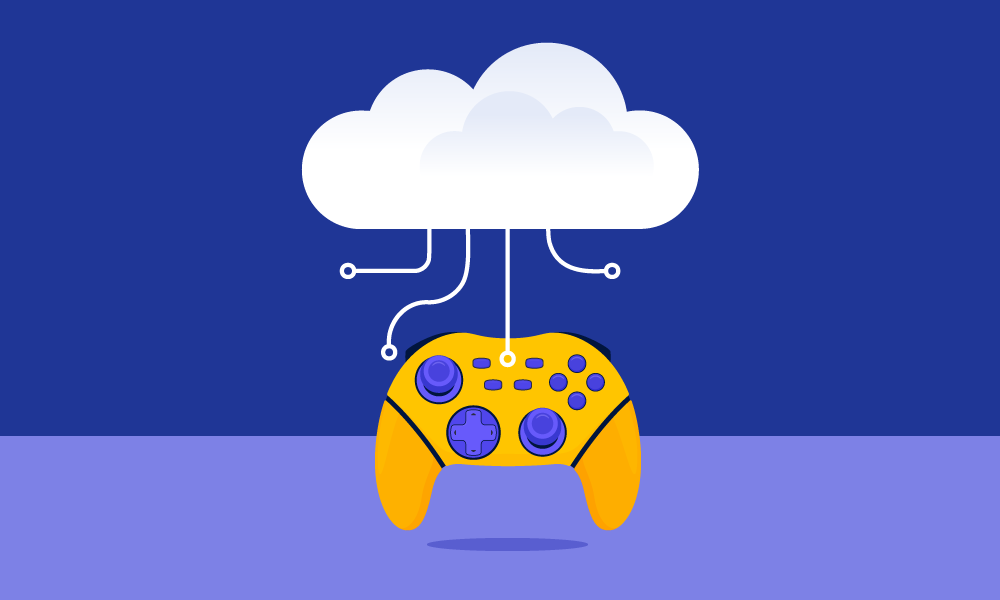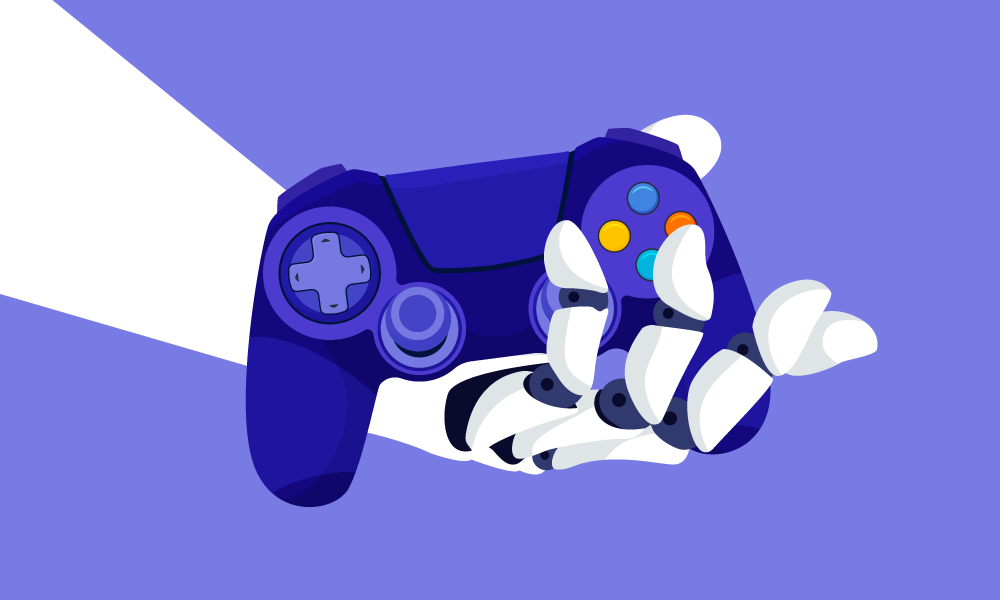Cloud gaming, also known as gaming on-demand, is a service that allows gamers to play video games on remote servers that are operated by third-party providers. It involves using the internet to stream games directly to a device, such as a laptop, desktop, smartphone, or tablet. Instead of downloading games onto a device, users can simply stream them from the cloud, making it a popular choice for those who want to play games on multiple devices without having to worry about hardware compatibility issues.
Cloud gaming has been around for a few years, but it is now gaining momentum as internet speeds increase, and more people have access to high-speed broadband. It has become an attractive alternative to traditional console and PC gaming, as it requires less hardware investment, is more convenient, and offers a vast library of games to choose from.
Main Types
Both types of cloud gaming have their own strengths and weaknesses. File streaming cloud gaming generally requires a lower bandwidth connection but can be more susceptible to latency issues, while virtualization cloud gaming requires a higher bandwidth connection but can offer a more consistent and higher-quality gaming experience. Ultimately, the choice of which type of cloud gaming service to use depends on the user’s preferences and needs.
“File streaming” cloud gaming, also known as “streaming” or “video on demand” cloud gaming, involves streaming video of a game being played on a remote server to a user’s device, while the user’s inputs and commands are sent back to the server for processing. The game is essentially being run on the server, with the video and audio of the gameplay being streamed to the user’s device in real time. Examples of file-streaming cloud gaming services include Google Stadia, NVIDIA GeForce Now, and PlayStation Now.
“Virtualization” cloud gaming, also known as “cloud PC” or “cloud desktop” cloud gaming, involves the use of virtual machines to run the game on a remote server and then stream the user interface of the game to the user’s device. The user’s inputs and commands are sent back to the server for processing, and the video and audio of the gameplay are streamed back to the user’s device. Examples of virtualization cloud gaming services include Amazon Luna and Shadow.
Advantages
One of the biggest advantages of cloud gaming is that it eliminates the need for expensive hardware. Instead of investing in an expensive gaming console or a high-end gaming PC, users can simply pay a monthly fee for access to a cloud gaming service. This not only saves them money but also allows them to access the latest games without having to worry about upgrading their hardware.
The second advantage of cloud gaming is its convenience. Gamers no longer need to worry about downloading games or updating their hardware. They can simply log in to their cloud gaming service and start playing. This also makes it easier for gamers to switch between different devices, as their progress is saved to the cloud and can be resumed from any device with an internet connection.
Cloud gaming also offers a vast library of games to choose from. Unlike traditional gaming, where users need to buy individual games, cloud gaming services offer access to a vast library of games for a fixed monthly fee. This allows gamers to try out new games without having to spend money on them upfront. It also ensures that users always have access to the latest games, as the library is constantly updated.
Drawbacks
There are some drawbacks to cloud gaming. The most significant concern is latency, which is the delay between when a user inputs a command and when it is executed on the screen. This delay can be caused by a slow internet connection or server overload, and it can significantly impact the gaming experience, especially in fast-paced games that require quick reflexes.
Another concern with cloud gaming is its reliance on the internet. Gamers need a stable and fast internet connection to stream games without interruption. This means that users in areas with poor internet infrastructure may not be able to use cloud gaming services. Additionally, cloud gaming requires a lot of bandwidth, which can be expensive for users with data caps or limited internet plans.
Despite these concerns, cloud gaming is becoming increasingly popular, with several major players in the market, including Google Stadia, Amazon Luna, and NVIDIA GeForce Now. These services offer a range of features, including access to a vast library of games, cross-device compatibility, and the ability to play games without having to download or install them.
Ending Thoughts
Cloud gaming is a convenient and cost-effective alternative to traditional gaming that allows gamers to access a vast library of games without having to invest in expensive hardware. While there are concerns with latency and internet dependence, the technology is rapidly improving, and cloud gaming is likely to become more prevalent in the future. With the rise of 5G and other advancements in internet infrastructure, cloud gaming has the potential to become the go-to choice for gamers worldwide.



